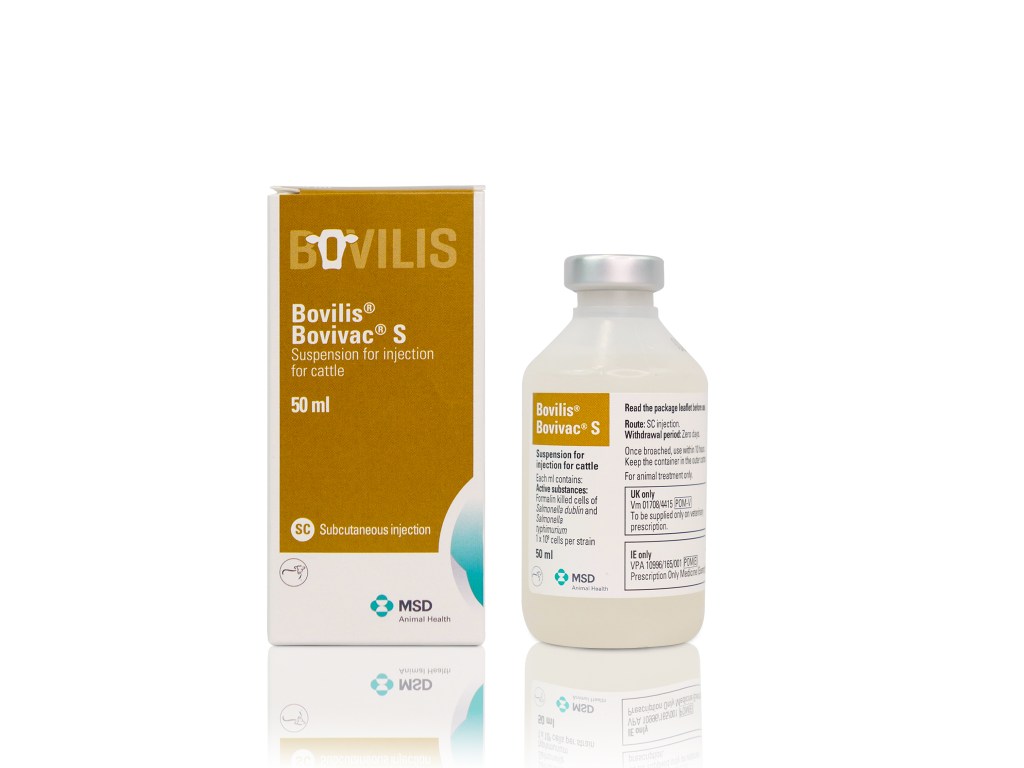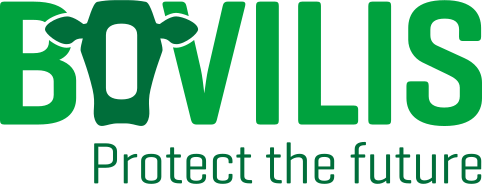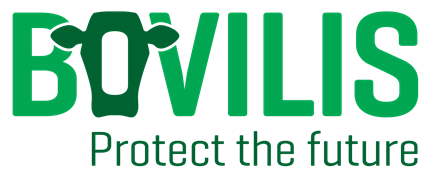
What is it?
Bovilis Bovivac-S is the only vaccine available to protect cattle against the effects of infection
with Salmonella dublin and Salmonella typhimurium.
Carrier animals can be a source of infection to others. These animals can appear to be in
normal health. Carrier animals are more likely to shed Salmonella during periods of stress
such as drying off, housing or calving. Underlying conditions such as BVD or liver fluke
infestation can also cause carriers to shed the bacteria. Salmonella can also be spread by
wild birds, rodents, contaminated feed, or water. The bacteria can live in slurry for several
months and in soil for over a year.
The symptoms of salmonellosis in cattle include diarrhoea, abortion, pneumonia, joint ill,
gangrene and septicaemia. Humans can become infected with Salmonella bacteria from
cattle, which can be potentially fatal.
Methods of control of salmonellosis on farm include culling, biosecurity, maintaining a
closed herd and vaccination with Bovilis Bovivac-S
How to use:
Dose: Calves up to 6 months of age – 2ml
Adult cattle – 5ml
Route of Administration: Subcutaneous use.
Where diagnosis of salmonellosis caused by Salmonella dublin and/or Salmonella
typhimurium has been confirmed, all at risk adult cattle, including lactating cows, dry
cows, heifers, barren cows, and in-contact bulls (but excluding any with overt clinical
signs of salmonellosis), should receive two 5ml injections separated by an interval of
21 days.
Pregnant cows that have not calved within 8 weeks of the second dose of vaccine
should receive a further 5ml dose of Bovilis Bovivac S 3-4 weeks pre-calving.
Calves can be vaccinated from 3 weeks of age and require 2 injections given 3
weeks apart.
All cattle vaccinated with the primary vaccination course of Bovilis Bovivac S should
receive a 5ml booster injection at least two weeks prior to each period of risk or at
intervals of not more than 12 months thereafter.
Pregnant cows and heifers that have received their primary vaccination course can
receive a booster injection 3-4 weeks prior to calving.
Related Video
To activate the video player please allow cookies in category ‘Performance and Operation’ and refresh this page.
Related Articles
- Technology for Profit competition #TimeForTech
 We’re looking for Irelands most innovative dairy farmers! #TimeforTech Following the success of our Prevention for Profit campaign we’re excited to launch the “Technology for Profit” competition for 2025.
We’re looking for Irelands most innovative dairy farmers! #TimeforTech Following the success of our Prevention for Profit campaign we’re excited to launch the “Technology for Profit” competition for 2025. - Flies – Nuisance by name, nuisance by nature
 With temperatures slowly on the rise, next on the agenda – fly season. Impact on production and spread of disease Anyone who has worked with cattle during the summer months needs little reminding of the annoyance which flies can cause. They can be responsible for a state of unrest in the parlour for both cows … Read more
With temperatures slowly on the rise, next on the agenda – fly season. Impact on production and spread of disease Anyone who has worked with cattle during the summer months needs little reminding of the annoyance which flies can cause. They can be responsible for a state of unrest in the parlour for both cows … Read more - Reducing Abortion Rates in Your Flock: Enzootic Abortion of Ewes and Toxoplasmosis
 Eleanor Brady, MVB MRCVS, Ruminant Veterinary Manager, MSD Animal Health Many Irish flocks will experience a few abortions each year, but how many abortions is too many? Targets for abortion and overall empty rate are set at <2% and <5% respectively, although many flock owners accept rates higher than this. Approximately one third of lamb … Read more
Eleanor Brady, MVB MRCVS, Ruminant Veterinary Manager, MSD Animal Health Many Irish flocks will experience a few abortions each year, but how many abortions is too many? Targets for abortion and overall empty rate are set at <2% and <5% respectively, although many flock owners accept rates higher than this. Approximately one third of lamb … Read more

“Animal Health Ireland estimate the annual cost of BVD to Irish herds totals €102 million.”
Sign up to Bovilis® product and event information

MSD Animal Health
Red Oak North, South County Business Park, Leopardstown,
Dublin 18, Ireland
vet-support.ie@msd.com
PHONE
CATTLE DISEASES




